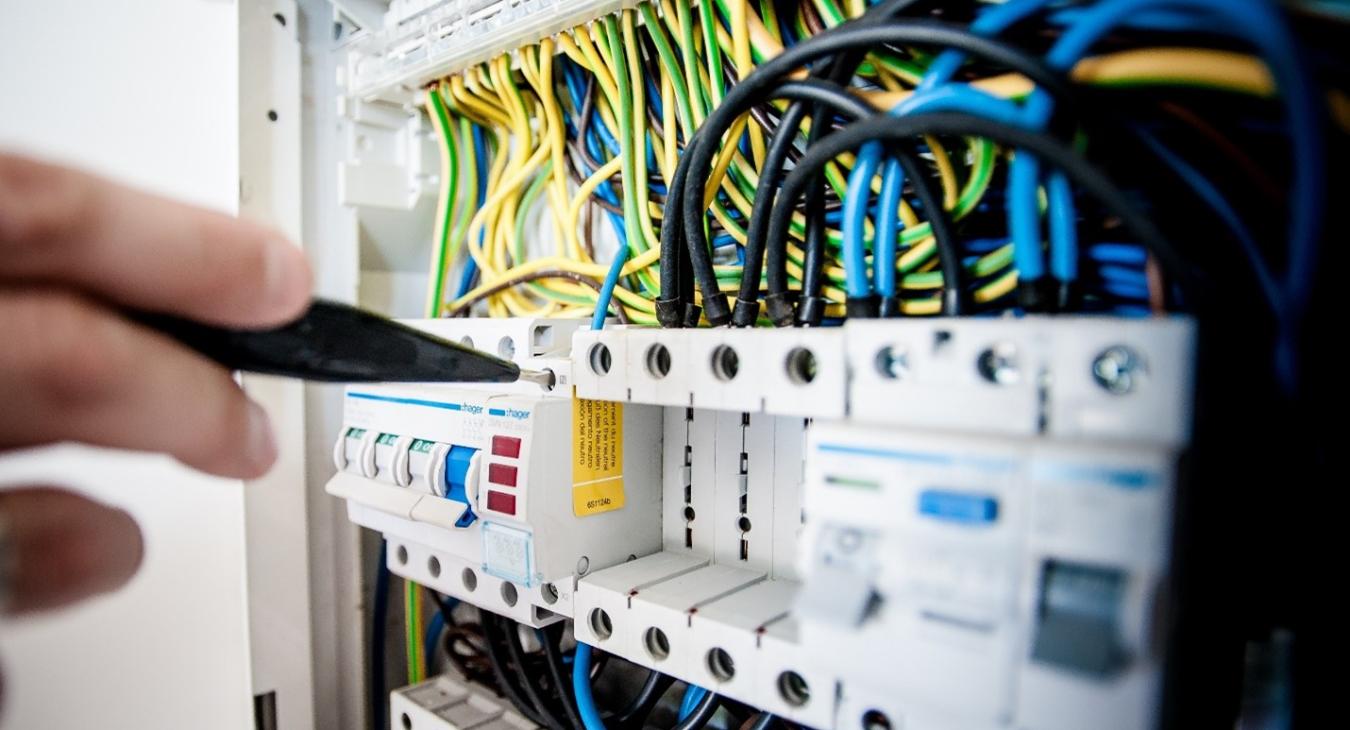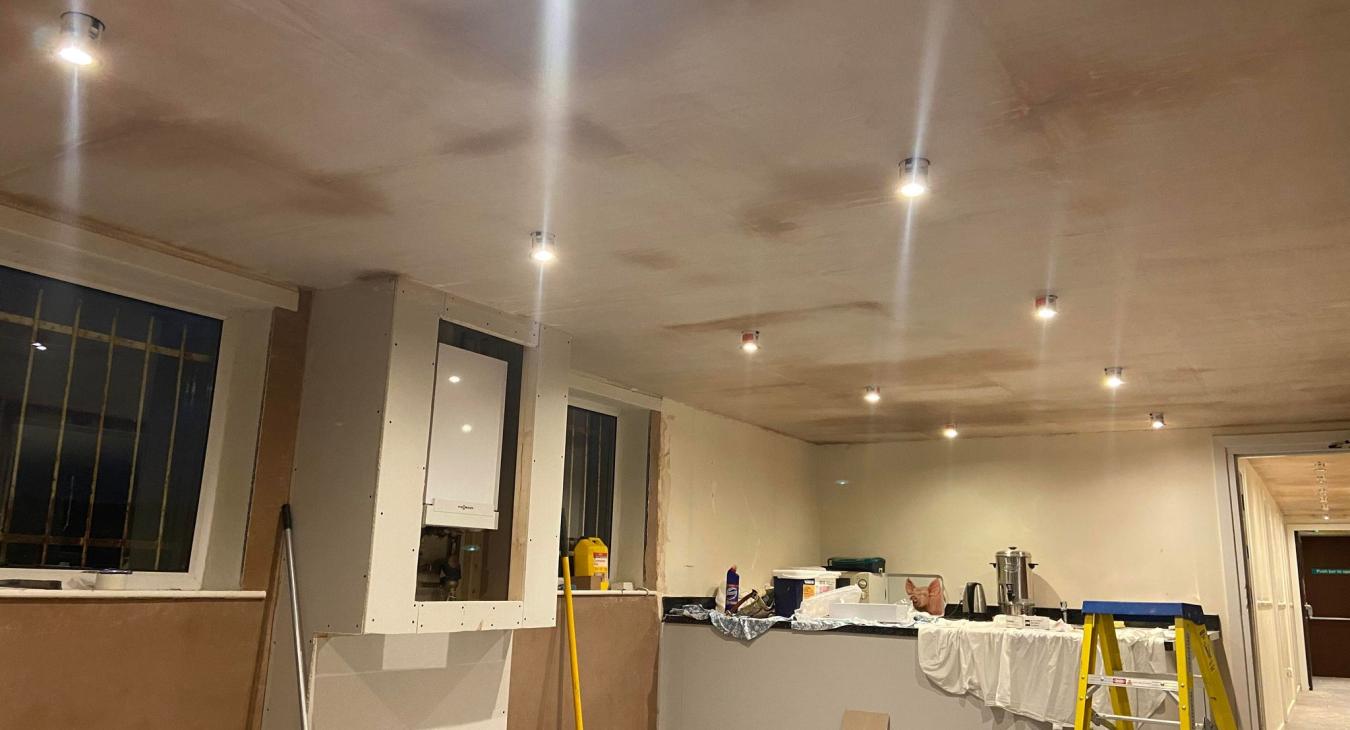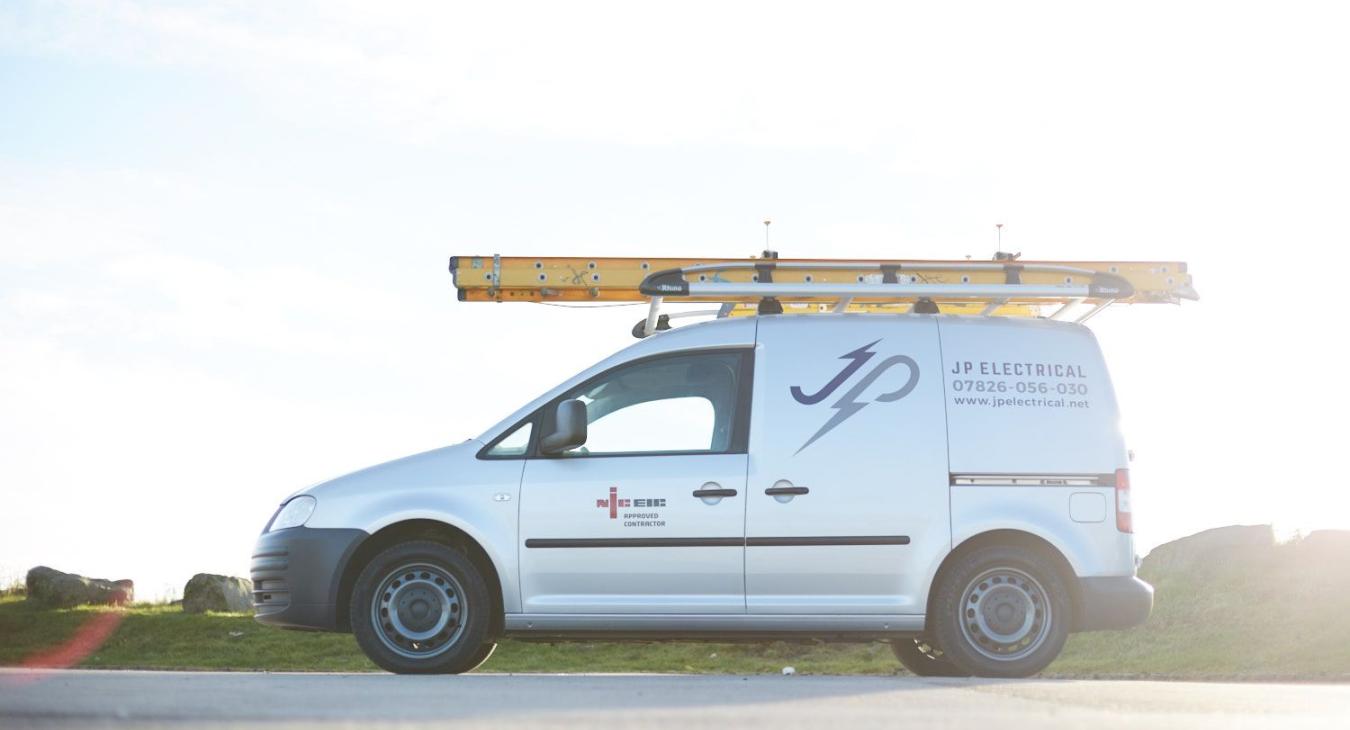The research found that substandard wiring causes most house fires. Over time, outdated wiring becomes corroded and dangerous, making older homes unsafe. It may not even support modern appliances.
If you're a homeowner, keep your wiring updated to prevent problems in your duty. Not updating might also affect your house insurance since many providers will charge a higher rate or reject coverage.
Things to look out when rewiring your home:
Back to top1) Wiring
Your system will display a few of these symptoms in case of faulty wiring. Dim or flickering lights and fuse blowouts are signs.Touching a wall, appliance, or switch might provide a tingling feeling, indicating electricity. Burning smells may also provide you with a signal. Most users miss these indicators, causing worse issues. So have an expert inspect your house to make sure everything is functioning. Ask electricians for advice. You may contact our specialist for guidance in these matters.You should upgrade the wiring if your home is over 45 years old.
Back to top2) Old wiring is dangerous
Old wiring causes house fires. The tiniest error in electrical wiring may cause significant calamities. Faulty wiring is the leading cause of home fires.
Houses constructed in the 1970s, 1980s, or earlier often use aluminium wiring, whereas today's homes utilise copper. Aluminium cables aren't long-term reliable, unlike copper.Passage of time loosens aluminium. This causes wire and connection gaps. These holes permit electricity into plugs and outlets. Openings may also cause overheating and fire.
3) Considerations to make before rewiring
Upgrading or replacing your electrical wiring isn't easy. A few things must be done correctly. It's simpler in a new or vacant home.
Remember these things:
Back to top4) A Permit
Homeowners can't perform electrical repairs. First, they must request alterations from the local building department. If allowed, the authority will check the process.
They may help you make plan revisions.
5) Plan It
Changing your home's wiring takes time. Before starting, plan. Please don't do it yourself unless you're an expert. Ask a pro for help. You may get a second opinion for your home's safety.
Because you don't utilise electrical services daily, list everything you wish to update or add and do it at once.
6) Checking on Wall Conditions
After making a plan, start working. To remove outdated wiring, you must first reach the wires, which is simple if you recently acquired the property and haven't painted it yet. The walls will have holes if you do that in a well-lived home.
If you recently acquired the home, you may update the cables and repair and paint the walls.
7) Alter the outlets
As we all know, the wires are sent to the outlets, and the outlets then transmit it to the sockets we plugin. If you remove the wire, you must also remove sockets. Some outlets may be reused. New, sophisticated sockets are better. This improves the performance of your appliances.
Back to top8) Replace Cables
New wires can't be put where old cables were without damaging the walls. Consider where to place the new cables. Wires are usually routed through your attic or crawl area and stapled.
Back to top9) New hole-drilling
After determining where to run the new cables, drill holes. Before you move in or decorate, make these adjustments. It will destroy your painted walls and generate a lot of noise, which isn't suitable for occupants.
Back to top10) Electrical Equipment Replacement
Because electrical wiring is seldom repaired, replacing outdated equipment is advisable. Old panels don't always support modern appliances. You can't plug them in.
Backdated outlets may overheat without suitable insulators, causing a fire. So replace them.
11) Concluding Remarks
Electrical repairs are complex and time-consuming. Therefore many people avoid them. Nothing is trivial when it comes to family protection. This article should make rewiring simpler.
Contact JP Electrical today on 01484 212091
Back to top







